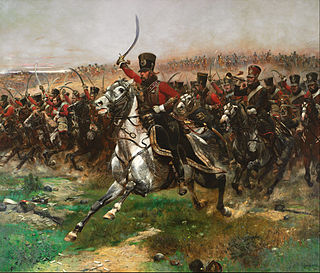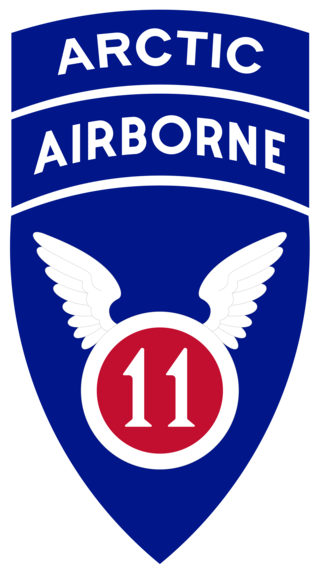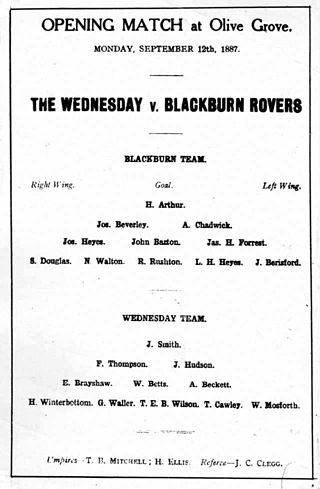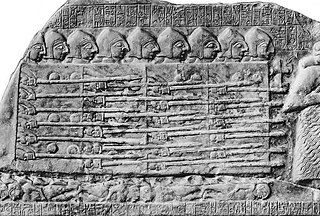
Historically, cavalry are soldiers or warriors who fight mounted on horseback. Until the 20th century cavalry were the most mobile of the combat arms, operating as light cavalry in the roles of reconnaissance, screening, and skirmishing in many armies, or as heavy cavalry for decisive shock attacks in other armies. An individual soldier in the cavalry is known by a number of designations depending on era and tactics, such as a cavalryman, horseman, trooper, cataphract, knight, drabant, hussar, uhlan, mamluk, cuirassier, lancer, dragoon, or horse archer. The designation of cavalry was not usually given to any military forces that used other animals for mounts, such as camels or elephants. Infantry who moved on horseback, but dismounted to fight on foot, were known in the early 17th to the early 18th century as dragoons, a class of mounted infantry which in most armies later evolved into standard cavalry while retaining their historic designation.
A division is a large military unit or formation, usually consisting of between 10,000 and 25,000 soldiers. In most armies, a division is composed of several regiments or brigades; in turn, several divisions typically make up a corps.

A regiment is a military unit. Its role and size varies markedly, depending on the country, service, or specialisation.

A brigade is a major tactical military formation that typically comprises three to six battalions plus supporting elements. It is roughly equivalent to an enlarged or reinforced regiment. Two or more brigades may constitute a division.
Corps is a term used for several different kinds of organization. A military innovation by Napoleon I, the formation was first named as such in 1805. The size of a corps varies greatly, but two to five divisions and anywhere from 40,000 to 80,000 are the numbers stated by the US Department of Defense.

The USAF Air Demonstration Squadron is the air demonstration squadron of the United States Air Force (USAF). The Thunderbirds, as they are popularly known, are assigned to the 57th Wing, and are based at Nellis Air Force Base, Nevada. Created 71 years ago in 1953, the USAF Thunderbirds are the third-oldest formal flying aerobatic team in the world, after the French Air Force Patrouille de France formed in 1931 and the United States Navy Blue Angels formed in 1946.

The 11th Airborne Division is a United States Army airborne formation based in Alaska.

In association football, the formation of a team refers to the position players take in relation to each other on a pitch. As association football is a fluid and fast-moving game, a player's position in a formation does not define their role as tightly as that of rugby player, nor are there breaks in play where the players must line up in formation. A player's position in a formation typically defines whether a player has a mostly defensive or attacking role, and whether they tend to play centrally or towards one side of the pitch.
A group is a military unit or a military formation that is most often associated with military aviation.

A flying wedge is a configuration created from a body moving forward in a triangular formation. This V-shaped arrangement began as a successful military strategy in ancient times when infantry units would move forward in wedge formations to smash through an enemy's lines. This principle was later used by Medieval European armies, as well as modern armed forces, which have adapted the V-shaped wedge for armored assault.

The phalanx was a rectangular mass military formation, usually composed entirely of heavy infantry armed with spears, pikes, sarissas, or similar polearms tightly packed together. The term is particularly used to describe the use of this formation in ancient Greek warfare, although the ancient Greek writers used it to also describe any massed infantry formation, regardless of its equipment. Arrian uses the term in his Array against the Alans when he refers to his legions. In Greek texts, the phalanx may be deployed for battle, on the march, or even camped, thus describing the mass of infantry or cavalry that would deploy in line during battle. They marched forward as one entity.

The United States Cavalry, or U.S. Cavalry, was the designation of the mounted force of the United States Army. The United States Cavalry was formally created by an act of Congress on 3 August 1861 and ceased as a distinct Army branch in 1942. The name "cavalry" continues to be used as a designation for various specific United States Army formations and functions.
The Strategikon or Strategicon is a manual of war regarded as written in late antiquity and generally attributed to the Byzantine Emperor Maurice.

The combat box was a tactical formation used by heavy (strategic) bombers of the U.S. Army Air Forces during World War II. The combat box was also referred to as a "staggered formation". Its defensive purpose was in massing the firepower of the bombers' guns, while offensively it concentrated the release of bombs on a target.

Military organization (AE) or military organisation (BE) is the structuring of the armed forces of a state so as to offer such military capability as a national defense policy may require. Formal military organization tends to use hierarchical forms.

A javelin is a light spear designed primarily to be thrown, historically as a ranged weapon. Today, the javelin is predominantly used for sporting purposes such as the Javelin throw. The javelin is nearly always thrown by hand, unlike the sling, bow, and crossbow, which launch projectiles with the aid of a hand-held mechanism. However, devices do exist to assist the javelin thrower in achieving greater distances, such as spear-throwers or the amentum.

The Yugoslav Army, commonly the Royal Yugoslav Army, was the land warfare military service branch of the Kingdom of Yugoslavia. It existed from the Kingdom's formation in December 1918, until its surrender to the Axis powers on 17 April 1941. Aside from fighting along the Austrian border in 1919 and 1920 related to territorial disputes, and some border skirmishes on its southern borders in the 1920s, the JV was not involved in fighting until April 1941 when it was quickly overcome by the German-led invasion of Yugoslavia.

The cavalry corps of the Workers and Peasant Red Army was a type of military formation that existed from the early days of the Russian Civil War until 1947 when the Red Army was renamed as the Soviet Army and all cavalry corps were disbanded.

Horses in World War II were used by the belligerent nations, for transportation of troops, artillery, materiel, messages, and, to a lesser extent, in mobile cavalry troops. The role of horses for each nation depended on its military doctrines, strategy, and state of economy. It was most pronounced in the German and Soviet Armies. Over the course of the war, Germany and the Soviet Union together employed more than six million horses.

Polish Armed Forces were the armed forces of the Second Polish Republic from 1919 until the demise of independent Poland at the onset of Second World War in September 1939.

















